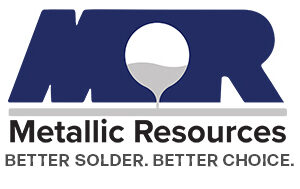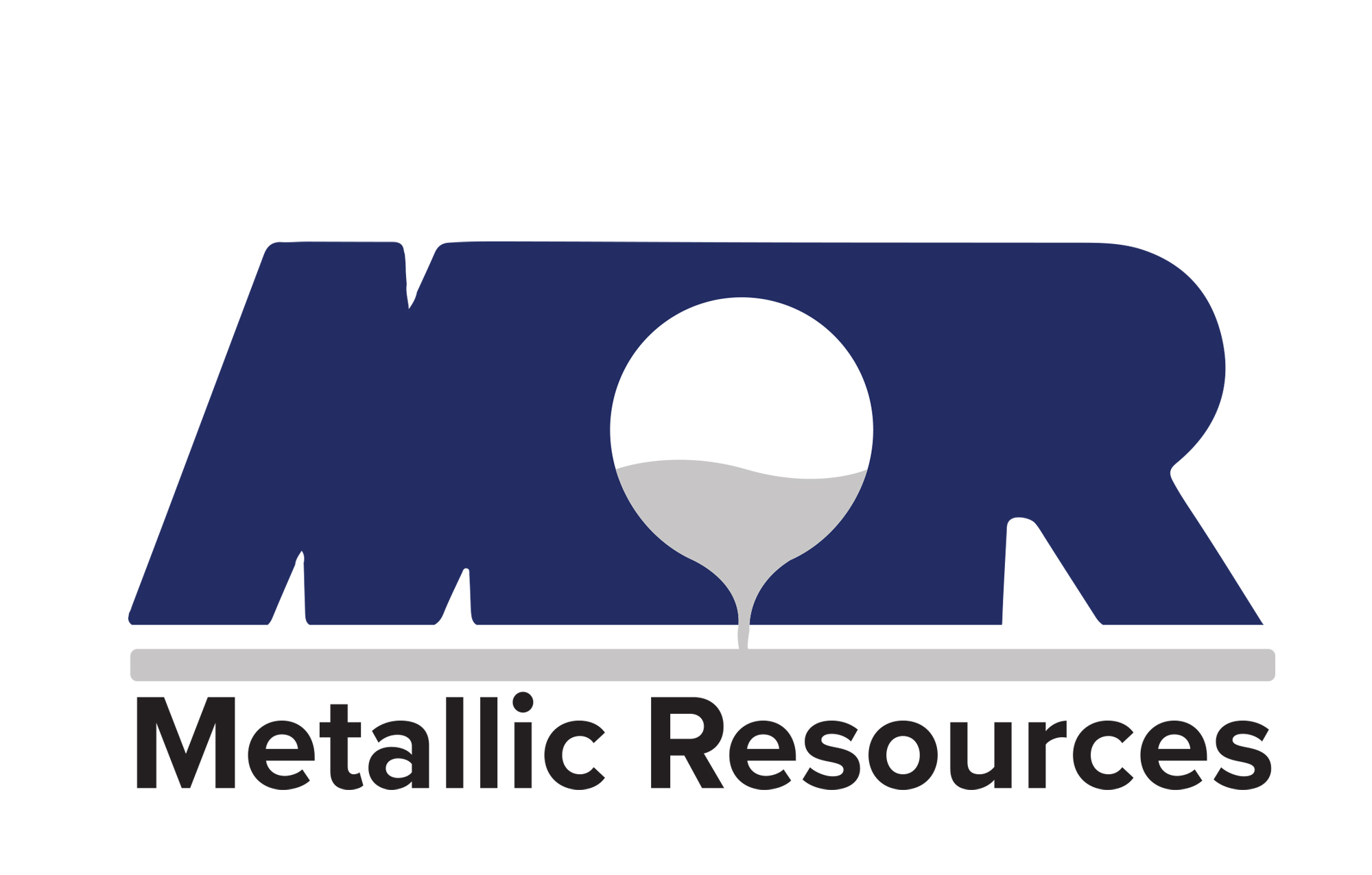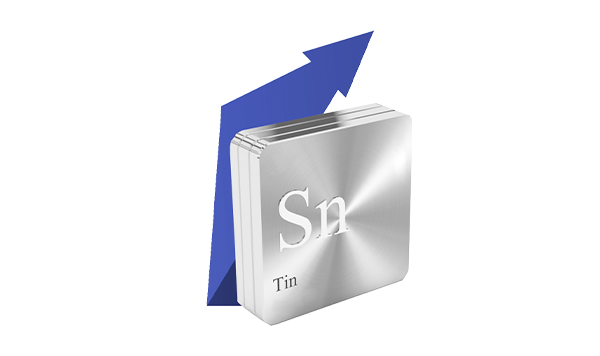By The Metallurgy Experts at Metallic Resources
Tin is a chemical element with the symbol Sn and atomic number 50. First discovered as early as 3,500 B.C., tin is one of the earliest known and used metals. Tin is a silvery-white, slightly bluish-tinged metal which does not occur as a native element, but rather must be extracted from its naturally occurring mineral ores. The main mineral ore for tin is cassiterite (SnO2) – frequently called “tin ore”. Tin’s melting point is 449.5°F.
With many diversified commercial and industrial applications, tin is typically considered a base metal (that is, a common and inexpensive metal) as opposed to an expensive precious metal (such as gold or silver) or a noble metal. Tin’s wide-ranging applications can be traced to its useful performance characteristics. Among others, tin metal is soft, nontoxic, ductile, malleable, durable, exhibits high corrosion resistance (given that it is little affected by air at ordinary temperatures), and alloys well with other metals. These features make tin suitable for use in solder, brass, bronze, plating (to protect other metals from corrosion), and various chemicals. As the International Tin Association explains: “Tin is called the ‘spice element’ because a little of it is present everywhere in ways that are essential to our quality of life.”
Of its many applications, one of the most important uses of tin is in solder. Solder, by definition, is a fusible metal alloy used to bond metal workpieces together. With tin usually serving as the main constituent in many solder alloys, it is estimated that around 50% of all tin produced goes into solder – mainly for electronics. The most common solder alloys are (1) tin/lead (such as the eutectic alloy Sn63/Pb37, Sn60/Pb40, and Sn50/Pb50) and (2) lead-free – including SAC305 (Sn96.5/Ag3/Cu.5) and non-silver bearing alloys such as Metallic Resources’ patented SC995e™.
Notwithstanding its widespread use, tin is a relatively scarce element, as it represents only 2 parts per million (ppm), or less than 0.001%, of the Earth’s crust – compared with approximately 90 ppm for zinc, 60 ppm for copper, and 10 ppm for lead. Fortunately, refiners like Metallic Resourcescan infinitely recycle scrap tin, tin oxide and tin dross back to high-quality, clean tin metal and solder suitable for use in the electronics industry and elsewhere. The recycling of tin and tin byproducts is sustainable and ecofriendly because it reduces waste disposal, emissions, energy usage. In addition, usage of high-purity recycled tin (like Metallic Resources’ electrolytic tin) in favor of tin mined from the ground avoids the harmful effects to the environment created by mining.




